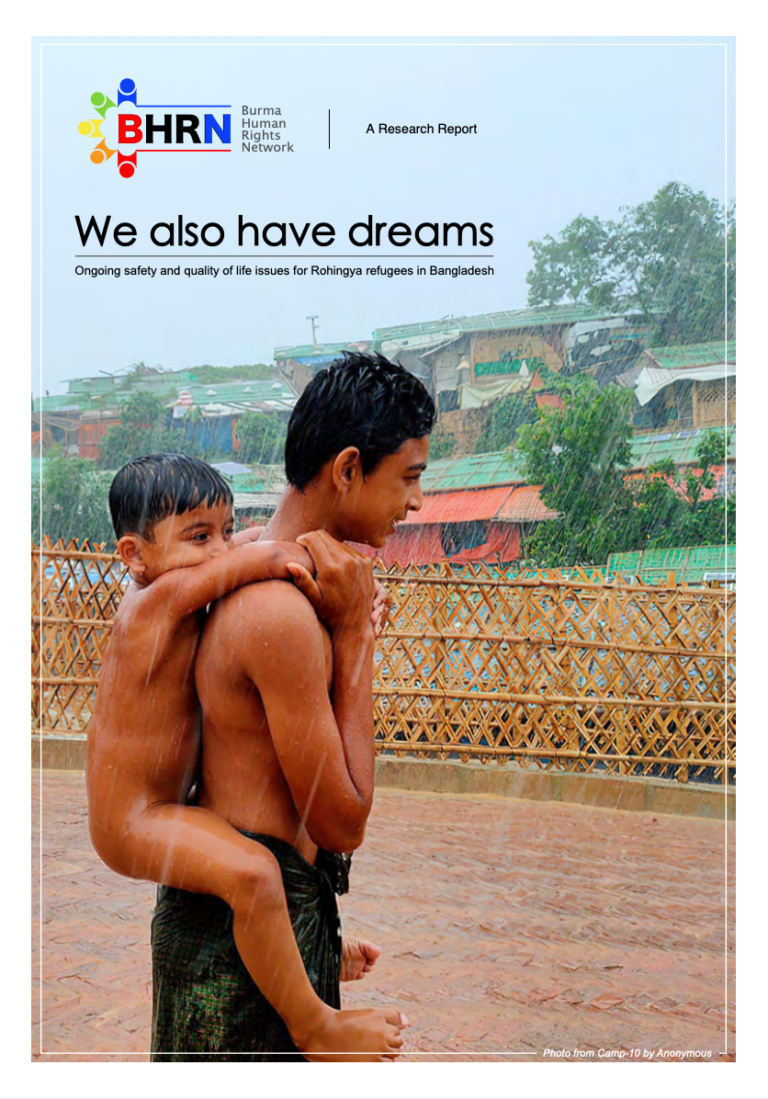Power, Impunity and Anonymity – Understanding the Forces Driving the Demand for Sexual Exploitation of Children, ECPAT International, Bangkok
GuidancePublicationsThis paper has been produced in an effort to move beyond an oversimplified view of the problem and propose a comprehensive and multi-pronged, preventive strategy aimed at disabling predators and deflating demand. More specifically, the document is i...Read More

